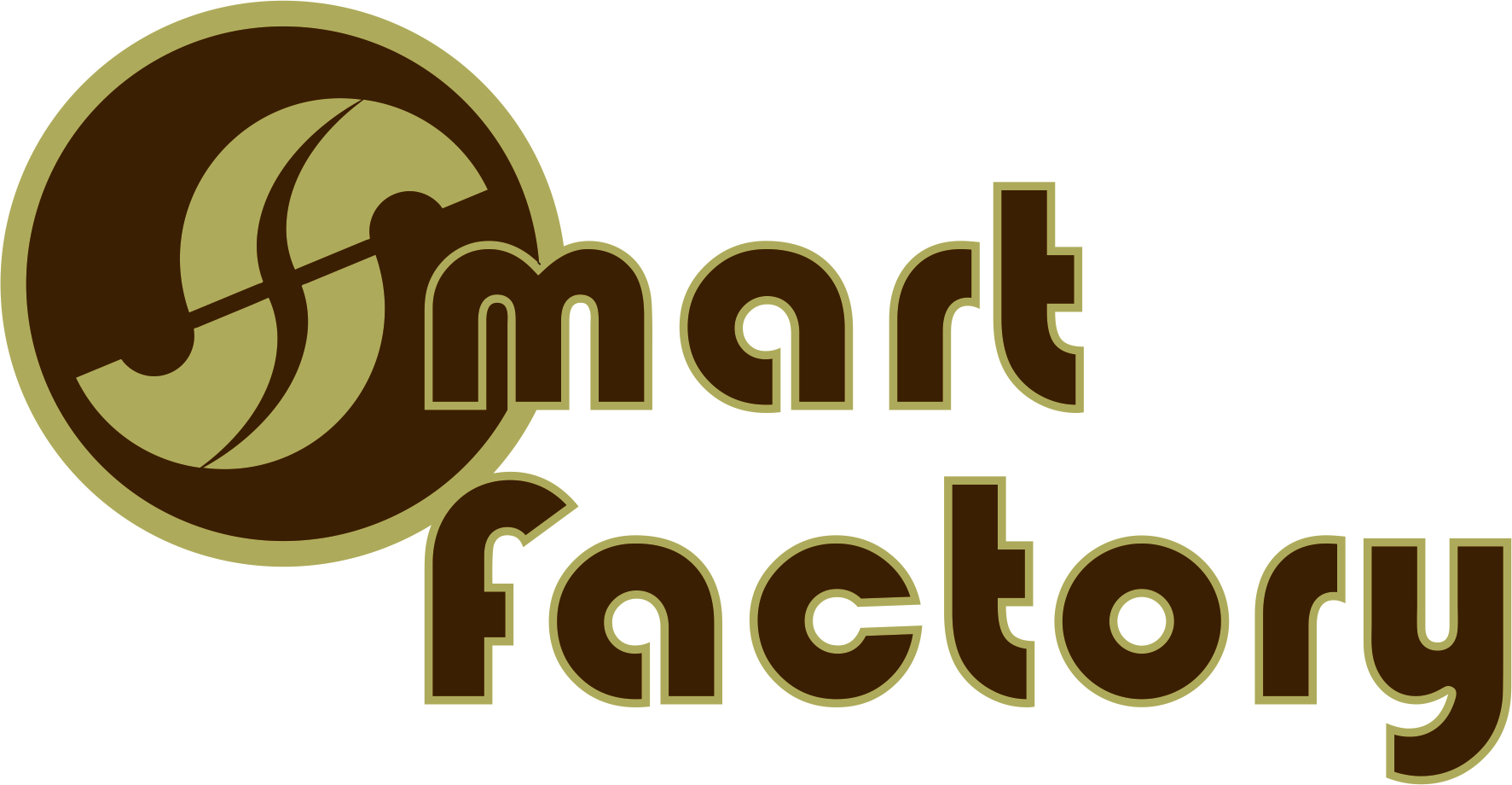✆ +370 62 040 151
✉ Info@smartfactory.lt
Surface finishing
Surface finishing technologies can enhance the aesthetic appeal of 3D printed products. One effective technique is tumbling, which involves using a specialized machine to modify the surface properties of an object. Hydrography is another great option for transferring intricate designs onto a surface. And for a burst of color, try our pressure dyeing service to add vibrancy to your products.
Polyshoot surfacing
PolyShot Surfacing (PSS) a.k.a bead blasting is non-abrasive and works perfectly for hard plastics like PA12 or PA11 across all geometries. Shooting beads accelerated with compressed air equalizes the peaks and lows of the surface, achieving a more homogenous part quality.
Vibro tumbling
Vibro tumbling is a post-processing technique that can be used to improve the appearance and functionality of 3D-printed parts. It is a relatively simple process that involves placing the parts in a barrel with a medium. The barrel is then vibrated, causing the medium to rub against the parts and smooth out the surface.
Vapor smoothening
It is a post-processing option that involves exposing printed parts to vaporized solvent. Vapor smoothing your parts eliminates sugar cube-like finishes or layer lines and replaces them with smooth, glossy surfaces.
DeepDye Coloring
It is a process for coloring 3D-printed parts that use a liquid dye to penetrate the plastic material. The dye is heated to a high temperature, which causes it to vaporize. The vapor then diffuses into the plastic, coloring it evenly.
Spray painting
This technology is the quickest way to create even color shades across the surface. This coloring can be applied to all 3D printing technologies. It starts up by spraying thin layers of spray paint and applying multiple coats over areas that have been primed.
Polyshoot surfacing (bead blasting)
PolyShot Surfacing (PSS) is non-abrasive and works perfectly for hard plastics like PA12 or PA11 across all geometries. Shooting beads accelerated with compressed air equalizes the peaks and lows of the surface, achieving a more homogenous part quality.
It delivers unique semi-gloss looks and pleasant haptics for almost every 3D-printed end-use product. Being heavily used since 2016 in various industries, it set totally new quality standards due to enabling the results of improved scratch resistance and homogenous finishes. This is particularly important for further processing steps, like DeepDye Coloring.
Vibro tumbling
Vibro tumbling is a post-processing technique that can be used to improve the appearance and functionality of 3D-printed parts. It is a relatively simple process that involves placing the parts in a barrel with a medium. The barrel is then vibrated, causing the medium to rub against the parts and smooth out the surface.
Note that tumbling services can be ordered separately from 3D printing, and the cost is calculated based on the number of items, size, weight, and time needed to achieve the desired result. We can also provide a specific deadline upon request.
Vapor smoothening
It is a post-processing option that involves exposing printed parts to vaporized solvent. Vapor smoothing your parts eliminates sugar cube-like finishes or layer lines and replaces them with smooth, glossy surfaces.
Post-processing of 3D printed parts with vapor smoothing allows parts to become watertight, stronger, and smoother. This is possible without the degradation of mechanical properties. Post vapor smoothing, you can expect a surface finish extremely close to injection molding.
DeepDye Coloring
It is a process for coloring 3D-printed parts that use a liquid dye to penetrate the plastic material. The dye is heated to a high temperature, which causes it to vaporize. The vapor then diffuses into the plastic, coloring it evenly.
The DeepDye Coloring process is very consistent, which means that you can get the same color every time you dye a part. This is not always the case with other methods of coloring 3D-printed parts, which can be more prone to variation also it allows the dye to penetrate deeper into the plastic material, which results in a more vibrant and durable color.
Spray painting
This technology is the quickest way to create even color shades across the surface. This coloring can be applied to all 3D printing technologies. It starts by spraying thin layers of spray paint and applying multiple coats over areas that have been primed.
The process for spray painting 3D printed parts is very similar to spray painting most other plastics. Nylon turns out to be great for paint and varnish because it is a highly polar polymer. Unsurprisingly, paints specifically for plastics usually end up working best for 3D-printed parts.

